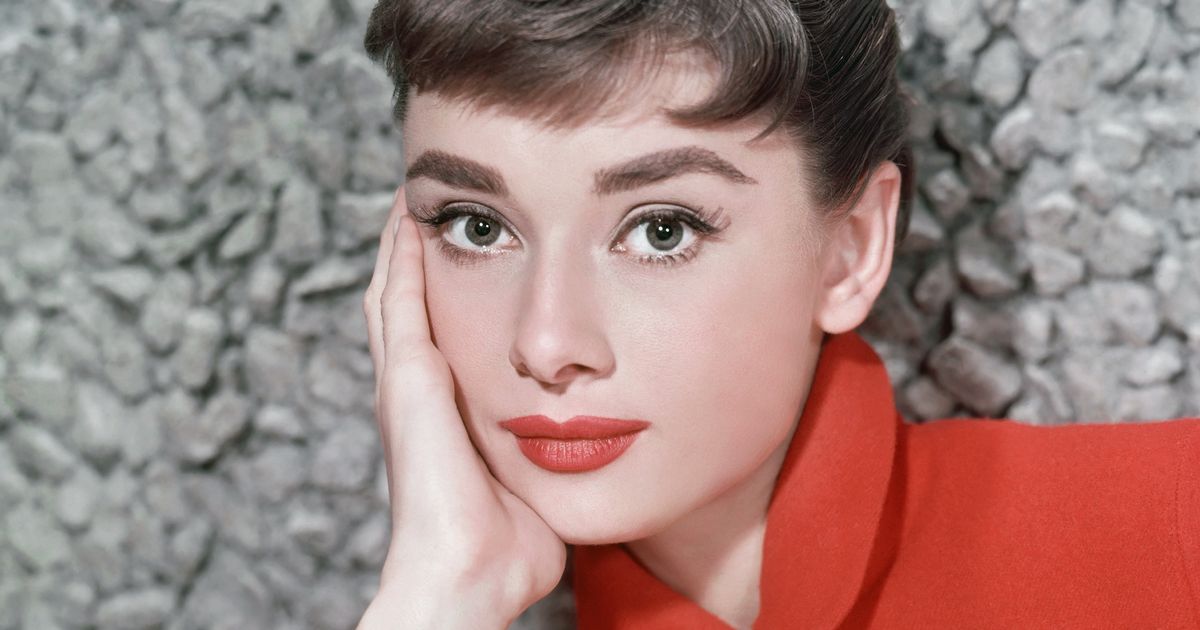The reason why Hollywood star Audrey Hepburn was haunted by Anne Frank’s story
Audrey grew up in an aristocratic Dutch family and formed part of the Resistance as her country fell to the Nazis during the Second World War.
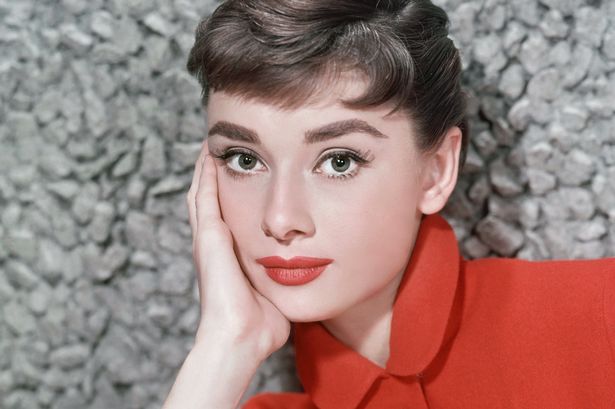
Audrey Hepburn starred in a series of glittering roles that left Hollywood audiences spellbound, she is best-known for Breakfast at Tiffany’s, My Fair Lady and Roman Holiday. But her real starring role came in her early life.
Audrey grew up in an aristocratic Dutch family and formed part of the Resistance as her country fell to the Nazis during the Second World War. Those memories never left her and as revealed in a book by Robert Matzen – Dutch Girl: Audrey Hepburn and World War II – formed part of her off-screen character all through her life.
From the first moment Audrey read Anne Frank’s diary she would be haunted by the story of the little girl – who she called her “soul sister” for the rest of her life…
New York, June 2, 1952
“I didn’t know what I was going to read,” said Audrey. “I’ve never been the same again.” She had first run into Anne Frank by accident in 1946. It was fate that she was living in Amsterdam below the apartment of a publishing house employee who was working on this soon-to-be released, strange wartime book of a young Jewish girl.
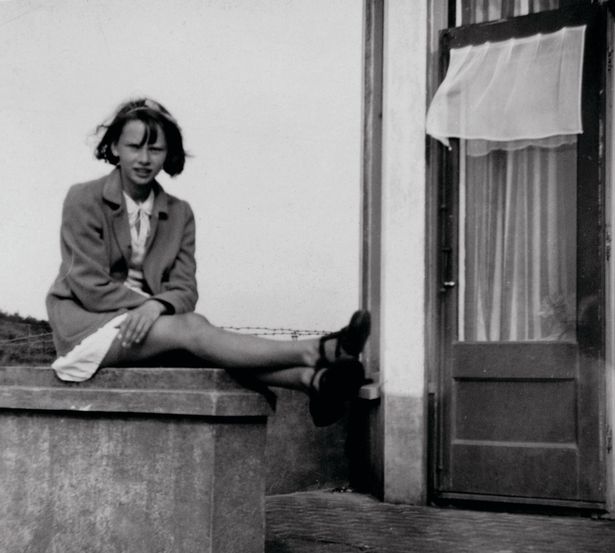
The editor knew of Audrey’s wartime experiences and saw some similarities. She said of the manuscript that Audrey “might find it interesting.” That didn’t begin to capture the reaction of 17-year-old Audrey to the power of the entries of her contemporary, Anne Frank.
The Frank family, including Anne’s father Otto, mother Edith, and sister Margot, had fled their Frankfurt, Germany, home in 1933 after Hitler’s ascension to power and began a new life in Amsterdam. Her father ran a successful business until after the German occupation, and when Margot Frank received a summons to appear before the Nazis in July 1942, the family went into hiding.
Anne’s diary described their experiences of living in a secret part of her father’s building from 1942 to 1944. “There were floods of tears,” Audrey said of that first encounter with the writing of Anne Frank. “I became hysterical.” As a resident of Amsterdam, she had been so moved that she became one of the first pilgrims to Prinsengracht 263 to experience the secret annex.
Now here it was, six crazy years later. Audrey no longer lived in a one-room flat in Amsterdam; she had just completed the run of Gigi on Broadway, USA, and now ran around her New York apartment packing for a trip to Rome where she would begin production of William Wyler’s Roman Holiday.
Her mind shook free of memories of the war. But all that changed in a heartbeat. Today she learned that the diary was about to be released. For US audiences it had been retitled Anne Frank: The Diary of a Young Girl.
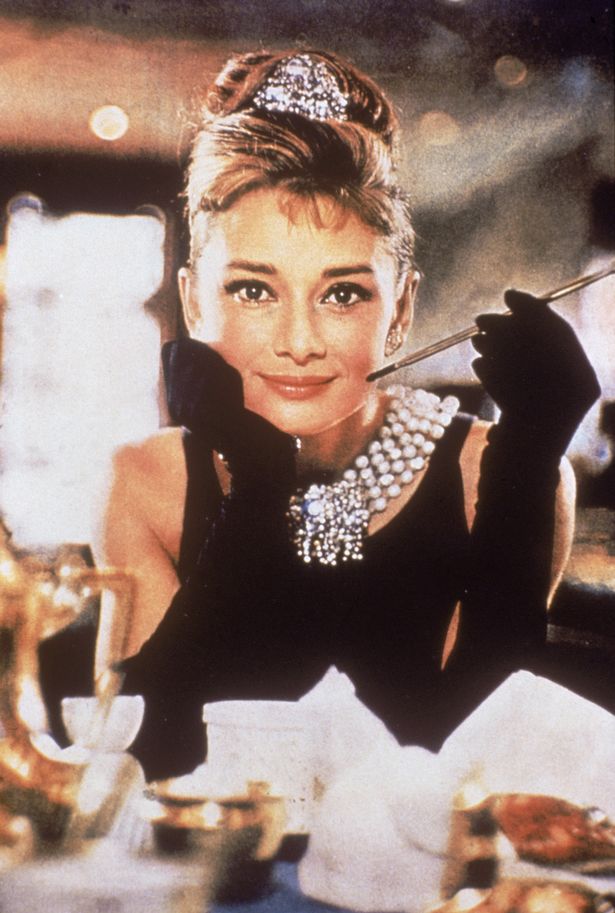
Hearing about the release of Anne Frank’s diary knocked Audrey for a loop all over again, Audrey and Anne were two dark-haired Dutch girls who had been born in other countries.
They were less than six weeks apart in age — Audrey born May 4 1929 and Anne, June 12 1929. And Anne had even known of and commented upon executions in Goirle when she wrote from the Franks’ hidden rooms: “Prominent citizens—innocent people—are thrown into prison to await their fate. If the saboteur can’t be traced, the Gestapo simply put about five hostages against the wall. Announcements of their deaths appear in the papers frequently.”
Here came a 13-year-old forcing Audrey to feel it all again. “If you read the diary,” she would say to a reporter, “I’ve marked one place where she says, ‘Five hostages shot today.’ That was the day my uncle was shot. And in this child’s words I was reading about what was inside me. It was a catharsis for me. This child who was locked up in four walls had written a full report of everything I’d experienced and felt.”
Anne recorded her last entry on August 1 1944, and three days later the Gestapo discovered the Franks. All eight were sent to Auschwitz, with Anne and Margot moved on to Bergen-Belsen. Only Otto Frank, Anne’s father, lived to the end of the war.
In 1958 filmmaker George Stevens would offer Audrey the role of Anne Frank in the film version of her story to be made by Twentieth Century Fox. Audrey was, by this time, one of the most sought-after actresses in Hollywood, and she paused for another read of the diary. “I was so destroyed by it again that I said I couldn’t deal with it,” she explained, struggling to put her feelings into words. “It’s a little bit as if this had happened to my sister. I couldn’t play my sister’s life. It’s too close, and in a way, she was a soul sister.”
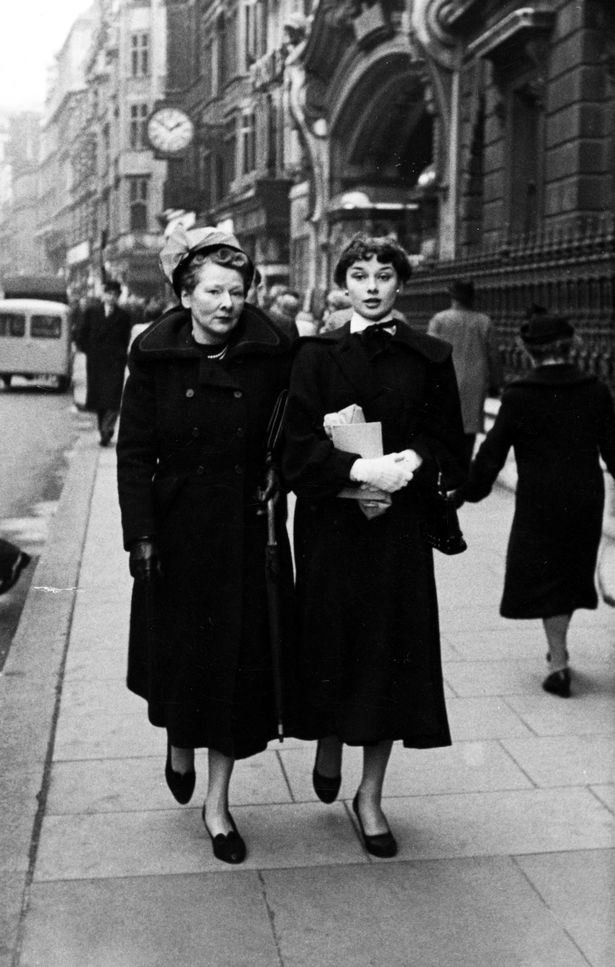
As a courtesy, Audrey agreed to meet Otto Frank and his second wife, Elfriede, in Switzerland — it was Otto who had taken possession of the diary after it was discovered, and it was Otto who worked through his own pain to arrive at a place where he could see his daughter’s work could be important to the world.
This beautiful, intense man whom Audrey described as having been “purged by fire” looked into her eyes and asked — begged really — for her to agree to portray his daughter in a film. After what she described as “the most wonderful day” and a visit that lasted through lunch and dinner, she had to tell him a sincere and heartfelt “I can’t.”
Late in her life Audrey would ultimately accept her strange relationship with soul sister Anne Frank and use Anne’s words to raise funds for the cause held so close to her heart, UNICEF. From first reading and through the end of her life, Audrey went day to day with Anne as her delicate secret shadow.
The knowledge of Anne’s life and death took its toll on a woman who had never gotten over the ordeal of the Nazis.
MirrorCeleb
More On
